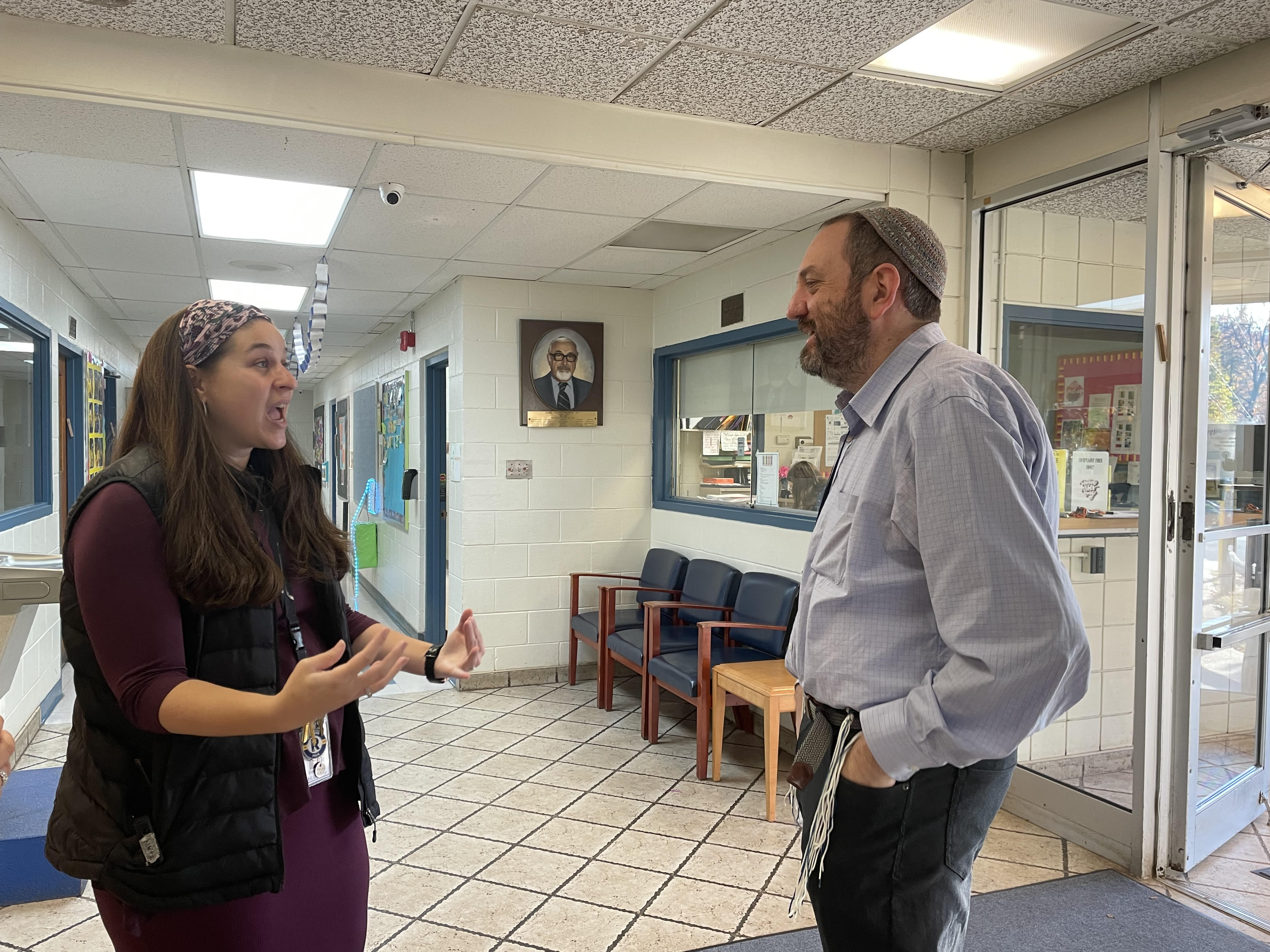In general, principals need to balance creating warmth and congeniality with professionalism in their relationships with parents. Congeniality forms from regular friendly interactions, conversations about mutual interests and listening when parents share information. These frequently occur naturally at events such as back-to-school nights, school programs and sporting events.
Alternately, principals can manufacture these moments through phone calls and direct invitations for informal meetings. In instances where a relationship feels rockier, a principal may feel inclined to pull away or avoid those parents. In fact, the opposite should occur: The principal should lean into that relationship and create 10 two-minute opportunities to have a congenial conversation with them over a relatively short period of time. This will help reset the relationship.
Once the foundations of congeniality are established, principals can reflect upon their communication, transparency and accountability. Does their energy output honor the parent’s intensity in a reciprocal way where their dignity is preserved? Will this move the relationship forward? Is it clear and explicit how much they care and know about the whole child? Are concrete steps taken to address the issue being shared? Does the communication include both observations and interventions/solutions, as appropriate? Is there a shared commitment to best intentions assumed and followup?
Furthermore, a principal’s relationship with parents is cemented by his/her student interactions. Principals must be consistent, equitable and dependable. Unpredictable responses breed mistrust in children. Even a principal who may naturally be more reticent must go out of their way to smile and speak to students, whether in school or in the community, as the role itself is intimidating. Children want to be noticed.
Conversely, energetic or exuberant principals must be more deliberate with their language, as they may inadvertently hurt or embarrass students. It is imperative that adults not cross boundaries of transparency or communication that make children feel uncomfortable by confusing the roles of caring adult and equal friend. Children share their perceptions of a principal with their parents and have the power to reinforce or erode parental trust.
Crisis Strategies
Principals are often judged by parents for their daily interactions or their responses to crises in ways that damage their trust relationships, and thus endanger commitment to the school and enrollment. Principals need strategies for these times where they will be assessed for their reactions. There are several crucial habits of the mind that can transform principal practice.
First, by modeling an attitude of open heartedness for the school community and the ability to navigate intense emotions, revelations or outrageous behaviors, principals inspire trust in their leadership. Although it’s easier said than consistently done, great principals are humble and curious, no matter what comes up, and approach their days with wonder and empathy. Cultivating curiosity and playfulness as a mindset, instead of catastrophizing or manifesting deep solemnity, gives a principal breathing space to view situations with some rationality, distance and possibly humor.
Secondly, it is the responsibility of a principal to respond with empathy and reset the tone. This can be done with basic reflection, which includes mirroring intensity. A principal can use active listening techniques with a respectful and energetic manner, and at the same time, use some other tools to buy more time to respond in a way that will be values-aligned. Whenever feasible, research supports that extra time makes a significant difference in principal perception of responses and decision-making.
Another helpful strategy is inner observation. Principals who pair the curious, internal observation of strong emotions with activation of their wise and rational selves are better able to make sound decisions. This is true whether a person tends to go into “fight” with sharp words or “flight-freeze” and struggle with words. Inner observation can be especially effective when a parent berates a principal or advocates vociferously.
Additionally, deliberate and conscientious use of creativity as a tool is another excellent procedure. As a daily practice for principals, the first step to actualizing any initiative or solving any problem that manifests in real time begins by employing a vivid imagination to picture a different possibility. True problem-solving depends on the ability to imagine an alternate outcome. A leader should never underestimate this deliberate practice, even in situations where time may be crucial, to close his or her eyes, step back and truly think, utilizing imagination to play out different scenarios. Unless it is a dire emergency, principals consistently report being much more satisfied with their decisions and problem-solving when they engage in this process, rather than when they feel pressured to react impulsively.
By consistently employing these practices, a principal builds trust in his or her leadership. Responses to surprises and pressures will be factored into the school community’s perception of his or her character, competence and reliability. A day of school can encompass anything from a hidden salamander to a mild earthquake, from a rumor to children stuck in an elevator, or a transformer fire that ignites the school dumpster. No matter how many years of experience in the field, there will always be the unexpected and unknown, which will benefit from a cool-headed response.
In a world rife with anxiety and distrust, the influence of the social fabric drives enrollment and retention. The unscripted accolades that parents and students share about their school and principal relationships are the best advertisements. Building trust, one dyadic relationship at a time, builds our schools. As Emily Dickinson wrote, “We trust… / for such, the Angels go.”










